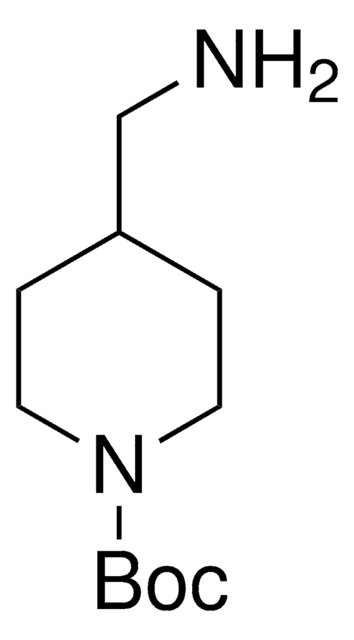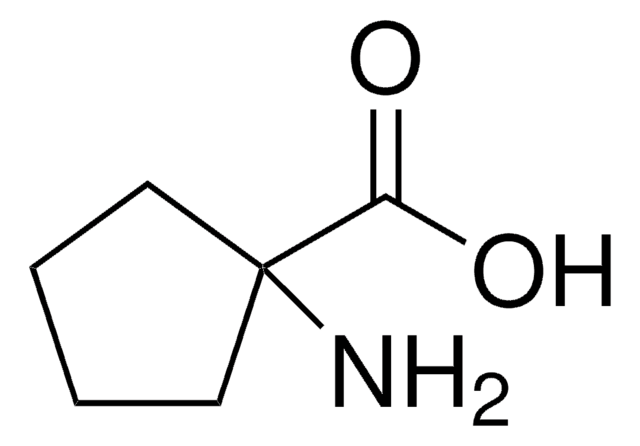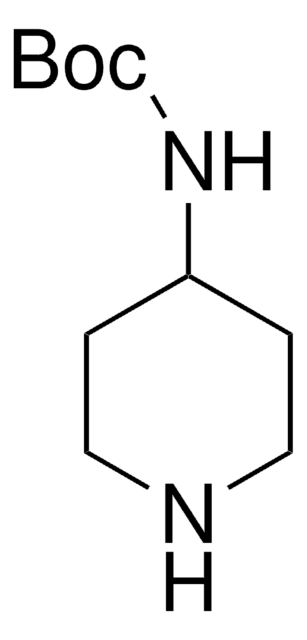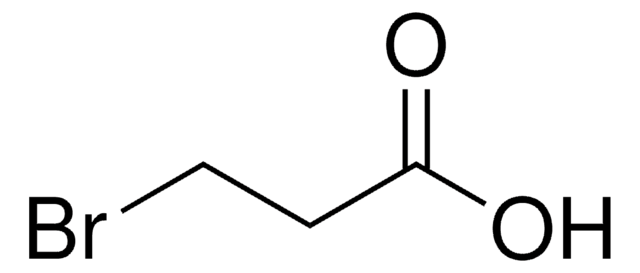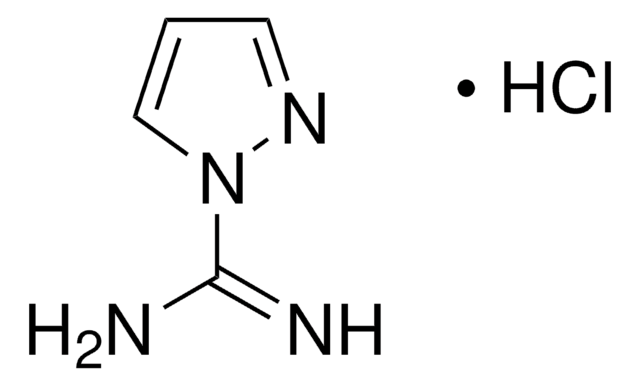All Photos(1)
About This Item
Linear Formula:
H2NC4H6CO2H
CAS Number:
Molecular Weight:
115.13
MDL number:
UNSPSC Code:
12352106
PubChem Substance ID:
NACRES:
NA.22
Recommended Products
Assay
97%
form
solid
reaction suitability
reaction type: solution phase peptide synthesis
mp
261 °C (dec.) (lit.)
application(s)
peptide synthesis
SMILES string
NC1(CCC1)C(O)=O
InChI
1S/C5H9NO2/c6-5(4(7)8)2-1-3-5/h1-3,6H2,(H,7,8)
InChI key
FVTVMQPGKVHSEY-UHFFFAOYSA-N
Looking for similar products? Visit Product Comparison Guide
Signal Word
Warning
Hazard Statements
Precautionary Statements
Hazard Classifications
Acute Tox. 4 Oral - Eye Irrit. 2 - Skin Irrit. 2 - STOT SE 3
Target Organs
Respiratory system
Storage Class Code
11 - Combustible Solids
WGK
WGK 3
Flash Point(F)
Not applicable
Flash Point(C)
Not applicable
Personal Protective Equipment
dust mask type N95 (US), Eyeshields, Gloves
Choose from one of the most recent versions:
Already Own This Product?
Find documentation for the products that you have recently purchased in the Document Library.
Y Gaoni et al.
Journal of medicinal chemistry, 37(25), 4288-4296 (1994-12-09)
A range of cis- and trans-3-substituted 1-aminocyclobutane-1-carboxylic acids has been synthesized and evaluated for antagonism at excitatory amino acid receptor sites and for anticonvulsant activity. Potent and selective antagonist activity at N-methyl-D-aspartate (NMDA) receptor sites in neonatal rat motoneurones was
V N Balaji et al.
Peptide research, 8(3), 178-186 (1995-05-01)
Conformationally constrained peptidomimetics are being increasingly used in the development of 3-D pharmacophores of peptide-based drug candidates and to alter their metabolic stability towards achievements of oral bioavailability. Here we present conformational energy calculations on model compounds containing 1-aminocyclobutane carboxylic
T S Rao et al.
Neuropharmacology, 29(3), 305-309 (1990-03-01)
Following intravenous administration, 1-aminocyclobutane-1-carboxylate (ACBC, 100 mg/kg), a N-methyl-D-aspartate (NMDA)-associated glycine receptor antagonist, was eliminated with a T1/2 of 5 min in mouse brain and 4 min in rat cerebrospinal fluid (CSF). 1-Aminocyclopropane-1-carboxylate (ACC), a NMDA-associated glycine receptor agonist, was
R P Compton et al.
European journal of pharmacology, 188(1), 63-70 (1990-01-23)
Activation of the N-methyl-D-aspartate (NMDA) receptor complex is subject to modulation via interactions at a coupled [3H]glycine recognition site in rat brain synaptic plasma membranes (SPM). We examined the effect of the potent and specific glycine site antagonists, 1-hydroxy-3-amino-2-pyrrolidone (HA-966)
L C Washburn et al.
Journal of nuclear medicine : official publication, Society of Nuclear Medicine, 20(10), 1055-1061 (1979-10-01)
1-Aminocyclobutane[14C]carboxylic acid [C-14) ACBC] was incorporated preferentially by several tumor types in rats and hamsters. The agent was cleared rapidly from rat blood, attaining its maximum tissue concentrations within 30 min after i.v. injection. Carrier ACBC had little effect on
Our team of scientists has experience in all areas of research including Life Science, Material Science, Chemical Synthesis, Chromatography, Analytical and many others.
Contact Technical Service